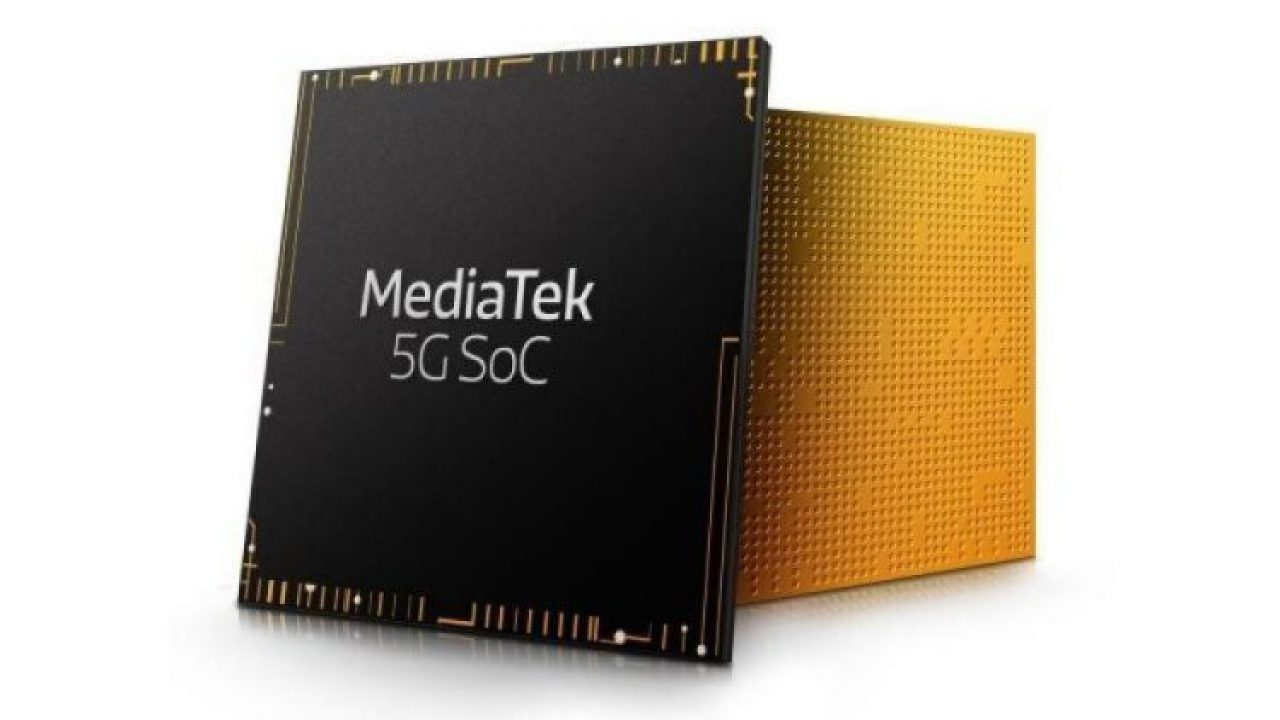Mediatek to Challenge with New 5G SoC
Article By : Dylan McGrath

Taiwanese firm rolls its first 5G SoC, says it's no longer a fast follower to Qualcomm
In recent years, Mediatek has risen to become the No. 2 supplier in the baseband processor market in terms of market share, mostly by offering lower-cost chips for low- and mid-tier smartphones. It was still a distant No. 2, though.
With the transition to 5G, however, the Taiwanese firm believes that it can go head to head with larger rival Qualcomm.
“This is the first opportunity for us to lead the market, not to fast-follow,” said Russ Mestechkin, Mediatek’s senior director of corporate sales and business development, in an interview with EE Times.
Recommended
Qualcomm Strives to Advance 5G Lead
On Wednesday, Mediatek rolled out its first 5G SoC, built on a 7-nm FinFET process and featuring the first implementation of Arm’s Cortex-A77 CPU and Mali-G77 GPU, as well as an integrated Helio M70 5G modem featuring download speeds of up to 4.7 Gbits/s. The multi-mode 5G SoC also supports 2G, 3G, and 4G and includes a new AI processing unit for advanced AI applications support.
The 5G SoC is the result of Mediatek’s aggressive push to get out of the gate early on 5G. Executives say that the company has spent about $1.5 billion per year over the past five years on R&D.
Qualcomm — which spends about 25% of its annual sales ($22.7 billion in 2018) on R&D — has increased its stranglehold on the baseband market, in no small part through being the technology leader as the industry passed through previous transitions. For example, during the early transition to 4G, Qualcomm improved its baseband market share from 40% in 2010 to 66% in 2014, according to Strategy Analytics.
Last year, Qualcomm held about 50% of the market, compared to about 14% for Mediatek, according to Strategy Analytics.
To narrow the gap, Mediatek realized that it couldn’t afford to play catchup in 5G.
“We made a decision to invest early in 5G,” said Finbarr Moynihan, vice president of sales and business development for the Americas and Europe. “There aren’t any compromises [in the design of the 5G SoC].”
In February, Mediatek demonstrated its Helio M70 5G modem running at 4.2 Gbits/s, the fastest sub-6-GHz 5G modem demonstration to date. The company says that it’s targeting the sub-GHz frequency band first to bring 5G connectivity to the largest markets because sub-6 GHz is considered well-suited for dense urban environments and rural areas.
Based largely on the strength of the MWC demo, Mediatek believes that it has the technology to go toe to toe with Qualcomm at 5G.
“At 5G, we are saying that our modem is as good or better,” Mestechkin said, adding that this capability emboldened Mediatek to integrate other state-of-the-art technologies such as the Cortex-A77 and Mali-G77 into the SoC. “If you have a best-in-class modem, why not have a best-in-class chip?”
From a race-to-market standpoint, at this point, it appears to be too close to call. Mediatek’s 5G SoC will begin sampling in the third quarter and is expected to be in commercially available handsets by the first quarter of next year.
Qualcomm, for its part, rolled out its second-generation 5G modem, the Snapdragon X55, in February. Qualcomm’s single-chip Snapdragon 5G SoC is due to begin sampling this quarter and is expected to be in commercially available handsets starting in the first half of next year.
Subscribe to Newsletter
Test Qr code text s ss


